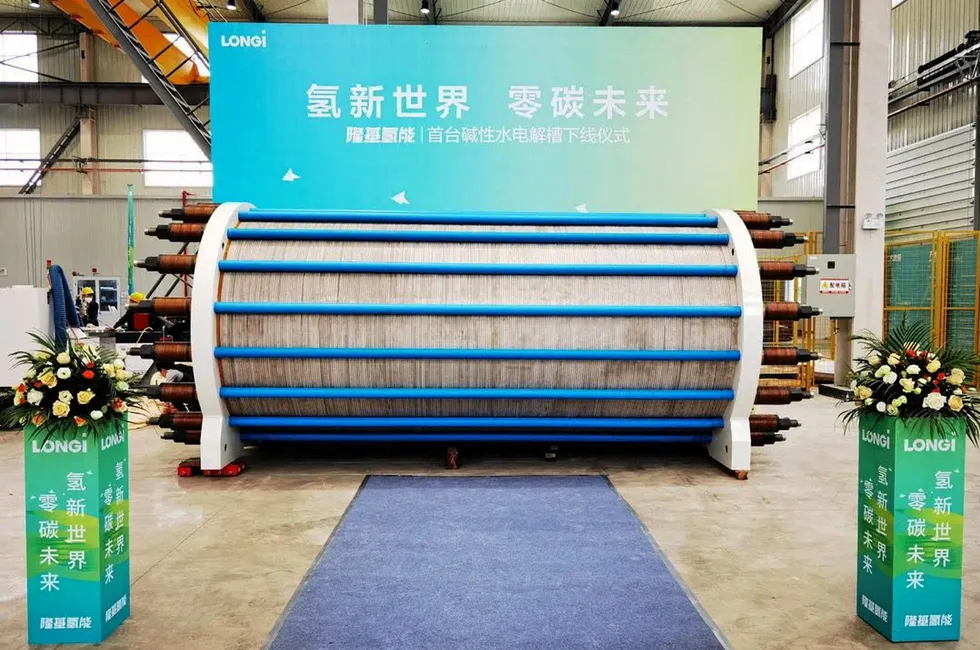Chinese companies take top three slots in BNEF's list of world's 20 largest hydrogen electrolyser makers
Western manufacturers are, however, due to catch up over the coming year in terms of annual production capacity, BloombergNEF reports

Western manufacturers are, however, due to catch up over the coming year in terms of annual production capacity, BloombergNEF reports
